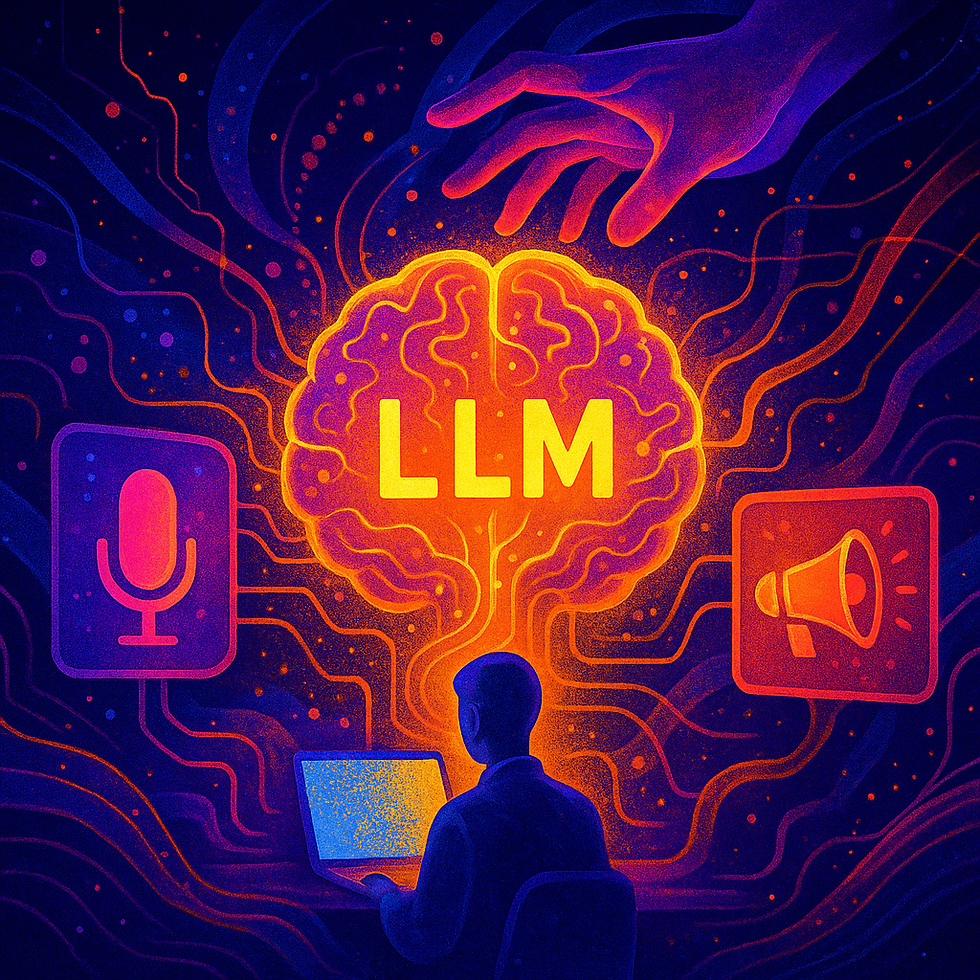
ACCESSIBILITY, REGULATIONS
The European Accessibility Act and Its Impact on UX
EU directive aims for higher accessibility of products and services – and has far-reaching implications for UX design and research
Guest contribution
In spring 2019, the EU published a directive on the accessibility requirements for products and services. While EU directives are not to be equated with legally binding laws, member states are called upon to implement them into national law. Germany, for example, already fulfilled this obligation by passing the so-called “Barrierefreiheitsgesetz” on 20 May 2021 (MDR, 2021), although the specific accessibility requirements won’t be defined until summer 2022 as part of a legal ordinance (Miesner, 2021). To date, the European Accessibility Act (EAA) has not received a great deal of public attention, and it seems as though the news may have gotten lost in the midst of pandemic events. Nevertheless, it makes sense to give the EAA a closer look, as it has far-reaching implications for UX design and research.
To start, the EAA equally applies to manufacturers, importers, distributors, and service providers, and will cover a broad range of products placed on the market and services provided to consumers after 28 June 2025.
6
MIN
Apr 20, 2022
THE FOLLOWING PRODUCTS ARE COVERED BY THE EAA:
Consumer general purpose computer hardware systems and the corresponding operating systems
Certain self-service terminals (e.g. cash machines, ticketing machines)
Consumer terminal equipment with interactive computing capability used for electronic communication services
E-Readers
APART FROM THIS, THE DIRECTIVE APPLIES TO THE SUBSEQUENT SERVICES:
Electronic communications services (except for transmission services used for the provision of machine-to-machine services)
Services providing access to audiovisual media services
Certain elements of air, bus, rail, and waterborne passenger transport services
Consumer banking services
E-books and the dedicated software
E-commerce services
The directive refers to mainstream products and services whose initial design or subsequent adaptation are not accessible for persons with disabilities, and aims at the promotion of “full and effective equal participation” (EUR-Lex, 2019) by addressing their particular needs.
Persons with disabilities are defined in line with the United Nations Convention on the Rights of Persons with Disabilities (UN CRPD). The corresponding definition pertains to persons with “long-term physical, mental, intellectual or sensory impairments which in interaction with various barriers may hinder their full and effective participation in society on an equal basis with others” (EUR-Lex, 2019). In addition, the EAA highlights that other persons who experience functional limitations, such as elderly persons, pregnant women, or persons travelling with luggage would also benefit from the Directive. Consequently, the scope of the directive also includes age related impairments or other human body performance related causes, permanent or temporary.
The directive can be found in full length here.
WHO BENEFITS FROM ACCESSIBLE PRODUCTS?
Although the directive permits certain transition periods, excludes microenterprises in the service sector and, in specific cases, the content of websites and mobile applications, its consequences should not be underestimated given the wide range of products and services covered by the EAA and the huge number of individuals that benefit from accessible products and services. To corroborate the latter with some numbers: of Germany’s total population of 83.2 million inhabitants (Statistisches Bundesamt, 2021), 13 million suffer from disabilities (MDR, 2021), 4 million are color-blind (GEO, 2022), about 24 million are 60 years or older (Statista, 2022), and more than 6 million cannot properly read and write German (Der Tagesspiegel, 2019).
Irrespective of any legal provisions, accessibility is a topic that is highly relevant for both companies and private individuals due to its inherent social dimension. Taking a stand for equal participation goes far beyond legal compliance; it is closely entangled with personal and corporate values within a society and is a driver for innovation.
BUT WHAT DOES THIS MEAN FOR UX DESIGN AND RESEARCH?
Most importantly, it means that the time to take action towards accessibility is now. 2025 may sound far in the future, but structural changes require long lead times. Additionally, because some experts and representatives of associations of concerned persons consider the changes initiated by the EAA as just the first step towards a more accessible future (MDR, 2021), it’s to be expected that the topic will continue to gain further importance.
„The design process and design principles need to be reconsidered from scratch.“
Reflecting on and reconsidering design process principles from scratch is indispensable. UX design must follow a new approach that not only takes different types of accessibility issues into account but considers accessibility a core principle. In fact, this restructuring of values has already led to positive developments such as websites available in easy-to-read language and optimized for screen readers, and assistance by way of chat bots and subtitles.
In terms of UX research, persons with disabilities and functional limitations must actively be included in studies and surveys to better understand their needs. This also means taking their specific needs into account, e. g., considering the accessibility of research facilities, the comprehensibility of instructions and questionnaires, and the frequency of rest periods in between testing phases.
You might be thinking, “all of this sounds like a whole lot of work.” It may be, but accessibility is a process – and every step counts. So let’s get started; there are plenty of good reasons to do so!
In our follow-up articles we will dive deeper into different topics around accessibility and UX design / UX research. Stay tuned!
Sources:
EUR-Lex (2019): Directive (EU) 2019/882 of the European Parliament and of the Council of 17 April 2019 on the accessibility requirements for products and services. Available at: https://eur-lex.europa.eu/eli/dir/2019/882/oj?locale=en (08.03.2022)GEO (2022): Interaktive Bilder. Wie farbenblinde Menschen die Welt sehen. Available at: https://www.geo.de/wissen/gesundheit/19493-rtkl-interaktive-bilder-wie-farbenblinde-menschen-die-welt-sehen (08.03.2022)MDR (2021): Reaktionen – Was das neue Barrierefreiheitsgesetz bringt. Available at: https://www.mdr.de/religion/neues-barrierefreiheits-staerkungs-gesetz-reaktionen100.html (08.03.2022; Update: link not available anymore on 16.02.2023)Miesner, Simone/Bundesfachstelle Barrierefreiheit (2019): VdK-Symposium „Barrierefreies Wohnen und Leben“. Available at: https://www.bundesfachstelle-barrierefreiheit.de/SharedDocs/Downloads/DE/Veroeffentlichungen/vortrag-bfsg.pdf?__blob=publicationFile&v=3 (08.03.2022)Statista (2022): Bevölkerung - Zahl der Einwohner in Deutschland nach relevanten Altersgruppen am 31. Dezember 2020. Available at: https://de.statista.com/statistik/daten/studie/1365/umfrage/bevoelkerung-deutschlands-nach-altersgruppen/ (08.03.2022)Statistisches Bundesamt (2021): Bevölkerungsstand: Amtliche Einwohnerzahl Deutschlands 2021. Available at: https://www.destatis.de/DE/Themen/Gesellschaft-Umwelt/Bevoelkerung/Bevoelkerungsstand/_inhalt.html (08.03.2022)








.png)














